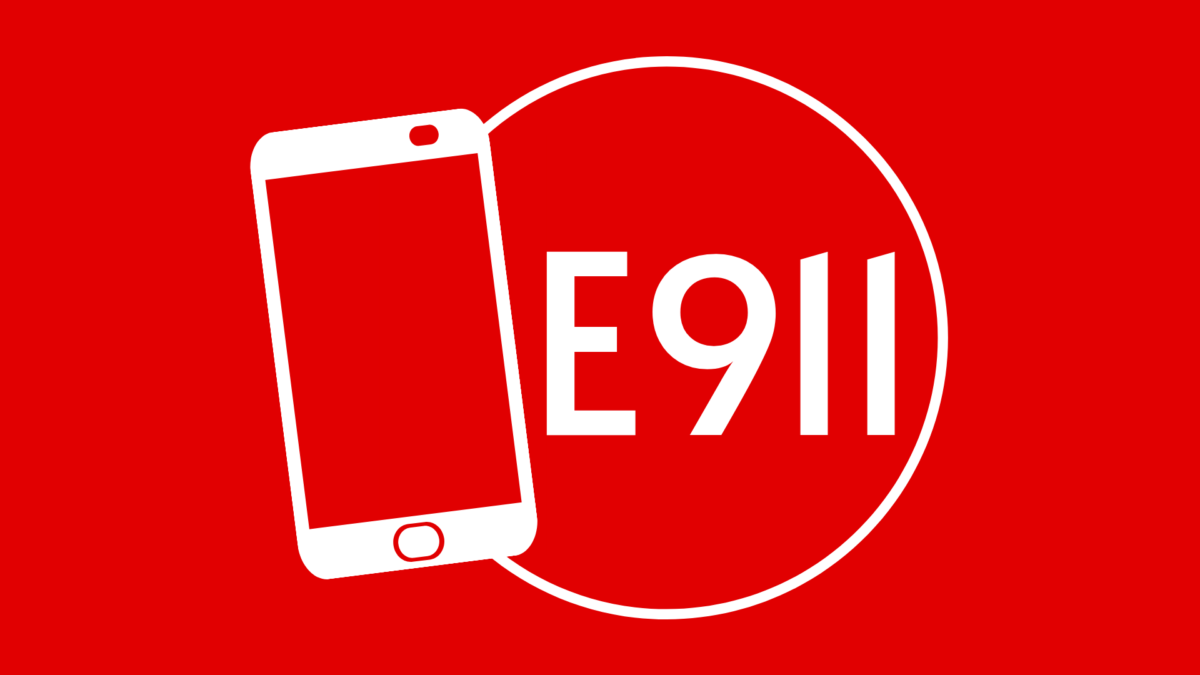
All phone systems face FCC Enhanced (E911) compliance regulations. Read up to understand the rules.
By now, most organization leaders are aware that their websites must comply with state and federal laws, such as the Americans with Disabilities Act, but it’s less widely known that voice over internet protocol (VoIP) services—the telephone systems in most offices—also face compliance regulations. Some of these are meant to deal with life-or-death situations associated with the emergency-dispatch 911 system.
Since 1999, the Federal Communications Commission (FCC) has required all private companies, public agencies, and non-profit organizations to provide 911 access on all their phones. That law also created Enhanced 911 (E911), which automatically provides dispatchers with a caller’s location. These rules were extended to VoIP services in 2005.
Earlier this year, those regulations were again expanded to include multi-line telephone systems (MLTS). I recommend that you take a moment to understand these rules.
Kari’s Law and Section 506 of Ray Baum’s Act
In 2018 Congress passed Ray Baum’s Act, a communications bill named for a legendary telecom guru. The first compliance deadline is January 6, 2021. Section 506 of that law requires that a dispatchable location be automatically transmitted when someone places a 911 call.

Ray Baum’s Act defines “dispatchable location” as not simply the street address of your building; it must also include information such as floor number, room number, and cubicle number. And the law requires that an MLTS transmit the location regardless of technological platform, so it applies to traditional key telephone systems, VoIP, Centrex, PBX, and hybrids.
A related FCC rule was triggered by the 2018 passage of H.R.582, known as Kari’s Law, which took effect in February 2020. This law mandates that multi-line telephone systems provide direct-dialing to 911. It was inspired by a tragedy that took place in a hotel room, which could have been prevented if a young caller had been able to reach 911 without having to first press nine or an access code to get an outside line.
The removal of a prefix digit could result in an increase of unintended emergency calls, but Quest can provide functionality that virtually eliminates that risk. We’ve had a lot of experience helping companies switch from outdated and expensive telephone systems to VoIP services, and we keep informed about new regulations and emerging technologies.
E911 Laws and Rules: The Basics
The FCC’s recent enactment of these new regulations gives you an opportunity to assess your own communications system to make sure everything is in compliance with E911 laws.
- All facilities with voice communication access to the public switched telephone network (PSTN) are mandated by law to provide E911 service. No one is permitted to opt out.
- All organizations are also required to provide accurate emergency locations with the service, as well as to update those locations to keep them accurate.
- The FCC’s Public Safety and Homeland Security bureau requires that all 911 calls include a callback number and name as well as location, and that the calls be routed directly to a designated public safety answering point (PSAP).
- In instances where 911 service limitations exist, you need to notify potential callers by placing a label on the VoIP-enabled device.
Why E911 Compliance is Urgent
Of course, we all want to do whatever it takes to keep our people safe. We also need to protect our organizations from the serious civil liabilities that would arise if something bad happens. You should also know that the FCC is empowered to enforce its rules by imposing and collecting fines and penalties.
It’s not too soon to take steps to put a compliant system in place. Let us know if we can help.
Thank you for trusting us to help with your IT needs.
Contact us anytime, we’re always happy to help.
Tim

